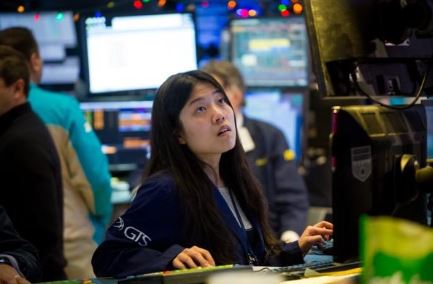Iron ore futures reversed into losses after a record-breaking run, due to a selloff at the afternoon session as anti-speculative trading measures took effect.
The most-traded May iron ore contract on China’s Dalian Commodity Exchange (DCE) dropped by 4.78% or RMB 53 to RMB 1,055/mt on Tuesday.
The steel rebar contract on the Shanghai Futures Exchange was flattish and dipped slightly by 0.25% or RMB 11 day-on-day to RMB 4,368/mt.
Cooling down measures for speculative trading
The declining futures had to do with DCE adjustment of commission charge by raising to 0.01% of the transaction volume, instead of 0.001%, with effect from Dec 22 onwards.
Similarly, the commission charges for the main iron ore contracts like the 2101, 2105, 2109 were raised to 0.04% from previous 0.01%. The exchange also set a single iron ore contract at 100 mt, and market players can only trade up to 1,000 contract or 100,000 mt of iron ore at a single transaction.
Moreover, DCE restricted the new open interests of any DCE iron ore contracts within the limit of 2,000 lots/day. According to DCE, all these measures are set to prevent the overheating of speculative trading, which did not reflect the physical market.
Record-high steel prices amid restocking activities
Meanwhile, Chinese steel prices continued to hit new high, as Chinese rebar price reached a two-year high RMB 4,493/mt as of Dec 21, up RMB 262/mt from last Friday, while Tangshan billet prices rose to RMB 4,020/mt on Tuesday, up nearly RMB 390/mt since last Friday.
According to Mysteel, the construction steel sales had picked up at the start of the week, as end-users replenished inventories. Despite the rally, there was some market concerns about the slow construction activities in northern China, due to the cold, early winter season.
In the meantime, the country’s daily crude steel production remained stable at 2.94 million mt per day over the Dec 11-20 period, down slightly by 0.3%, based on Mysteel’s survey of 318 Chinese steel mills.
Despite the slight 10-days period drop, the daily output rate was still higher at 8.1% on yearly basis, implying higher steel domestic demand and better margins in mid-December this year.
